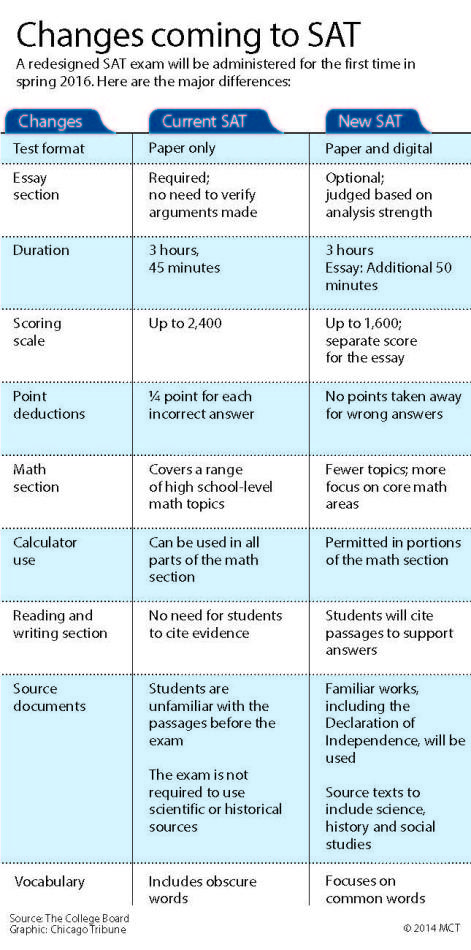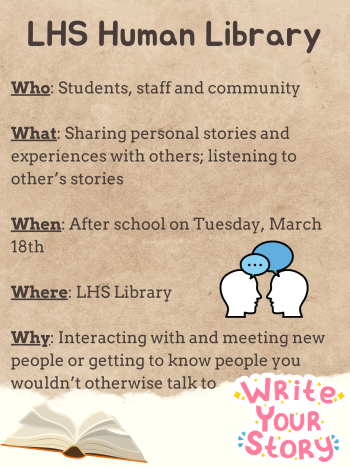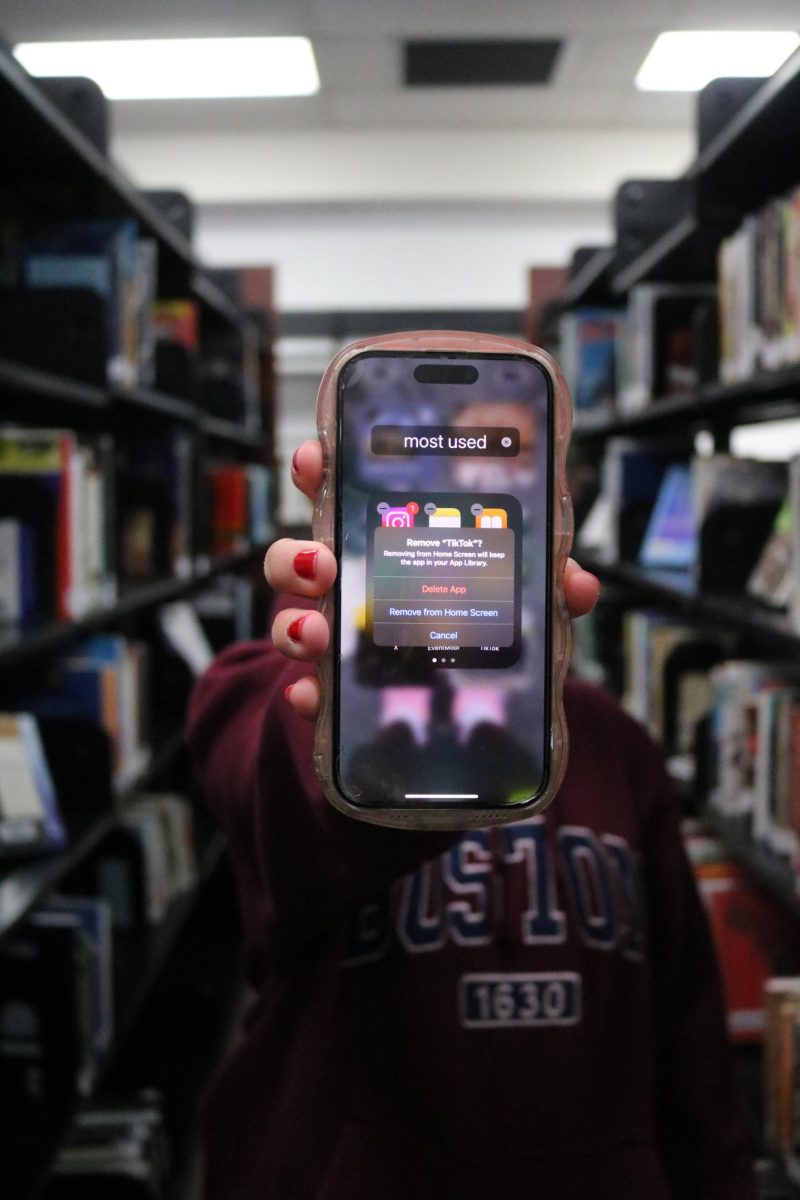As announced by College Board President and CEO David Coleman on March 5, the form and purpose of the SAT will see major changes in 2016, transforming itself in the areas of both scoring and content.
The new test will consist of evidence-based reading and writing, math, and an optional essay, each redesigned with a focus on analysis and text-based justification. In moving away from a reliance on “tricks and elimination” and instituting test questions that coincide with what students are learning in the classroom, test takers will be better prepared for college and a career, according to College Board President and CEO David Coleman.
Standardized tests have become “far too disconnected from the work of our high schools,” Coleman said at an event in Austin, Texas. They’re too stressful for students, too filled with mystery and “tricks” to raise scores and aren’t necessarily creating more college-ready students, he said.
The scoring rubric will no longer deduct points for incorrect answers, and the scale itself will return to the 1600-point threshold from the current 2400.
As for the test itself, here’s the breakdown:
The reading and writing portion of the test will ask students to read and analyze passages of a broader range of disciplines, such as science, history, literature, and social studies. Questions will be geared so that test takers will need to support their responses with direct evidence from the text. Further, the vocabulary section will shift from the obscure, often inapplicable “SAT words” and instead, according to Coleman, to context-based definitions that students are likely to see again.
The math section will support data-analysis and real-world problem solving, “areas that most prepare students for college and career,” according to Coleman.
And finally the essay question (now optional), which will be scored apart from the rest of the test, will ask students to read a passage and discuss the author’s use of evidence, style, and argument, as opposed to in years past where students had to take a stand on a topic and defend their claim.
Senior Derek Reitz, who has took the SAT his junior year, feels the test’s move to independent, analytical thought will enhance the overall learning experience:
“I think bolstering critical, independent thinking is a major goal at any level of education,” he said. “Yet the amount of increased premeditated preparation that has become commonplace in recent years may eventually dismantle the contemporary standardized test from its court of judgment over the capabilities of the youth.”
Junior Kyle Smith also sees the benefits of the new SAT:
“It is smart that they are using more real world questions and we don’t have to memorize so many random facts. The content is much more applicable to real life situations.”




![Mr. Abullh Ali, manager/assistant, helps open Queen Yemeni Coffee in downtown Libertyville at 606 North Milwaukee Ave. With the help of employees such as manager and LHS senior Yousef Taha, they are able to bring the Yemeni and Ethiopian culture to Libertyville by using their Queen spices, cinnamon and cardamom in their drinks such as Adani Chai, which is inspired by Sheda, the Queen of Yemen and Ethiopia. “The history of our coffee [is] a long history and we believe that Yemen and Ethiopia started the coffee and we are bringing something unique to the community,” Mr. Ali said.](https://www.lhsdoi.com/wp-content/uploads/2025/04/Photo-1-1200x800.jpg)



![Senior River Thompson joins the Jazz Ensemble by singing “That Old Black Magic” by Mercer and Arlen Arr. Mark Taylor, along with senior Annie Brody on guitar and junior Thomas Teixeira on bass, earning big applause. “[The concert had] great energy because it's the last [jazz concert] of the year,” Brody said.](https://www.lhsdoi.com/wp-content/uploads/2025/04/Eight-That-Old-Black-Magic-1200x800.jpg)





